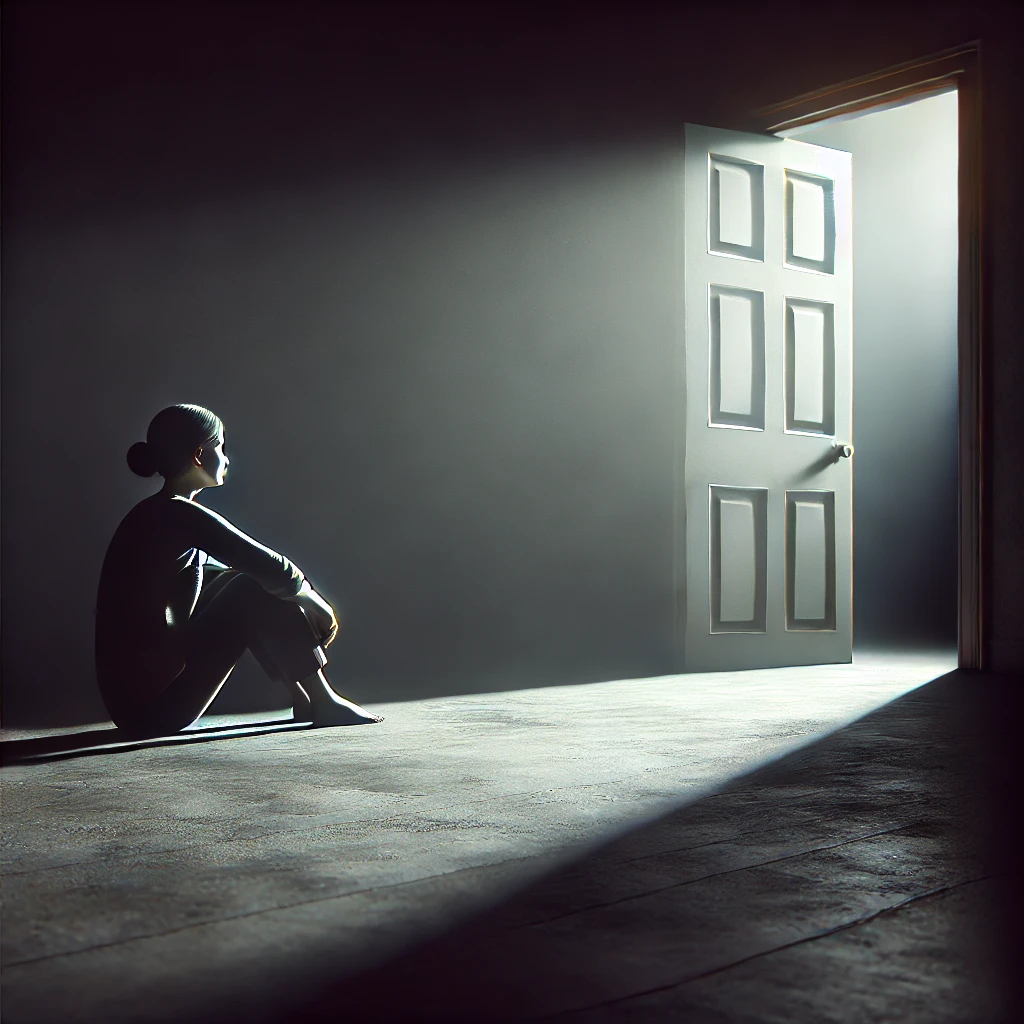Student:
There is an interesting question I grapple with: I know that I am currently taking the easy rout. I do not face adversity, do not live at the edge of my comfort zone, do not do things that honestly make me uncomfortable and scare me. I want to change this, want to put myself out there, want to live up to my potential by pushing myself. Whenever I actively faced fear in the past, positive things resulted. However, my first impulse is to set goals of pushing myself daily into uncomfortable situations. I think this is just another prescription, something that in the end will be fundamentally impractical.
Teacher:
Yes. You see the flaw already. A prescription is a trick. A manufactured way to force oneself into a way of living. And all tricks eventually break down.
The real thing is not about making yourself uncomfortable as some sort of rule. It is about the simple, undeniable recognition that avoiding discomfort is what has made you weak. That it is what has limited you.
When a person truly sees this—not intellectually, but deeply, without escape—he does not need a system. He does not need daily goals. He simply stops running. He stops making excuses. When fear arises, he walks toward it rather than away. Not because of a prescription, but because he sees that the avoidance of fear has been the great thief of his life.
The shift you seek is not a new routine. It is a new relationship with reality.
Student:
Honestly, I think that I am not yet at this understanding. I realise that much of my activity is actually a way of drowning out the fear, of trying not to feel it.
Teacher:
Yes. And this is what must be seen clearly. Not in a self-critical way, not in a way that leads to yet another plan to “fix” yourself—but simply seen.
Everything you do to drown out fear is an escape. And all escapes have a cost. The cost is your life.
The question is not “How do I push myself more?” That is still part of the old game. The real question is: Can I stop running? Can I sit in the fear, without numbing it, without distracting myself, without needing it to go away? Can I truly feel it?
This is the difference between someone who is playing with discomfort as a strategy and someone who is truly transforming. The one who stops running—he has no need for tricks. He simply sees, and in seeing, he is free.
Student:
You said “The cost is your life”. Please elaborate on this.
Teacher:
Every time you run from fear, you trade a piece of your life for comfort.
You do not lose your life all at once. It is not taken in some dramatic fashion. It is stolen in small, quiet moments—each time you avoid, each time you numb, each time you distract.
What could have been a moment of growth becomes a moment of stagnation. What could have been a breakthrough becomes another step deeper into habit and avoidance.
This is how a man wakes up one day and realizes that years have passed, and he is still the same. The same fears, the same limits, the same smallness. And he wonders where the time went.
This is the real cost. Not in money, not in effort, but in lost life.
